The Evolution Of Men’s Beauty Ideals In Film
It’s common to only pay attention to women’s beauty ideals, their evolution throughout the decades, and their exclusivity, but what about men’s beauty ideals?
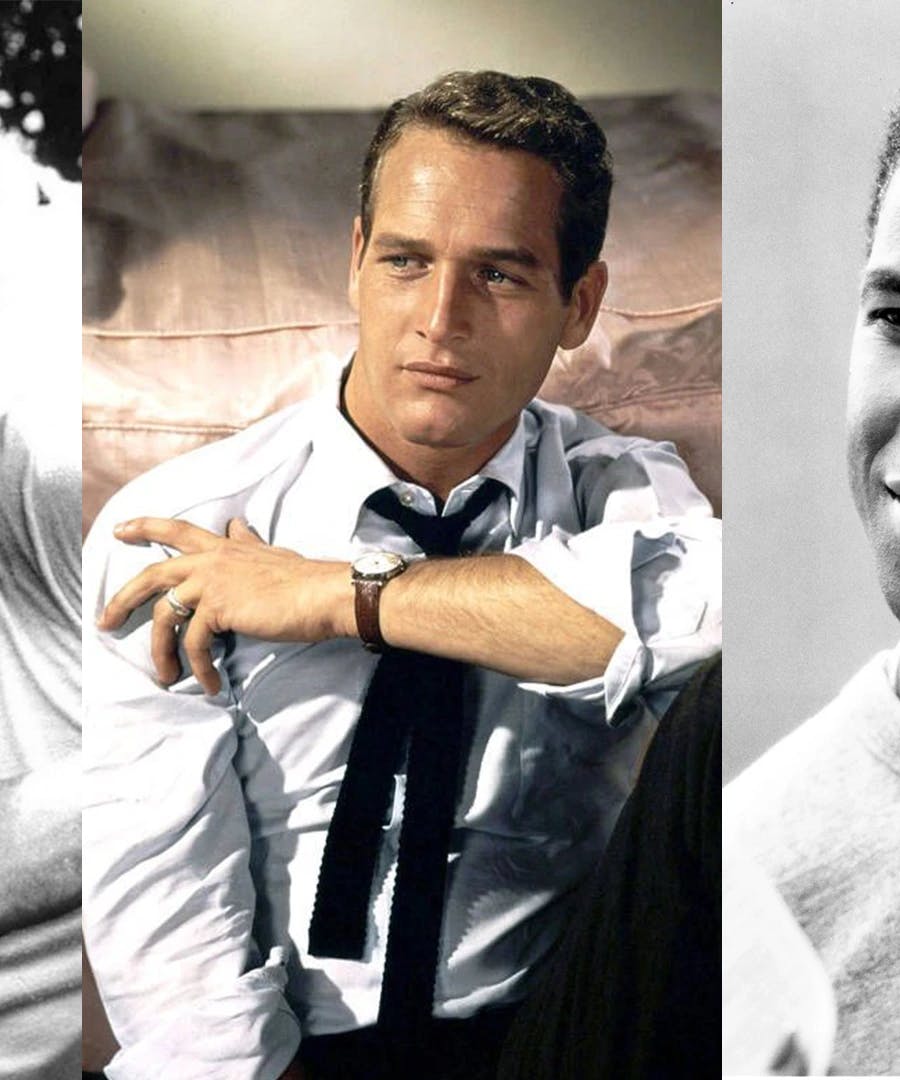
As women, we’re all too aware of the current beauty standards, and whether or not we fit them. Today, a slim/thick figure a la Kim Kardashian, tan skin, pouty lips, and button noses are all the rage. Back in the ‘90s, the waifish, gamine body types and eclectic haircuts took center stage. In the ‘50s, Marilyn Monroe’s hourglass figure, bob haircuts, and doe eyes were what every woman wanted.
Women’s beauty ideals get a lot of press — whether we’re idolizing them, pointing out how exclusive they are, or rejoicing at the fact that our natural body type is now considered the ultimate beauty standard. But we hardly ever talk about men’s beauty ideals, how they’ve shifted every decade, and how they, too, can feel exclusionary; contrary to popular belief, men are affected by beauty ideals just as much as women.
So what have men’s beauty ideals, particularly as shown in classic films, looked like throughout the decades?
The 1940s
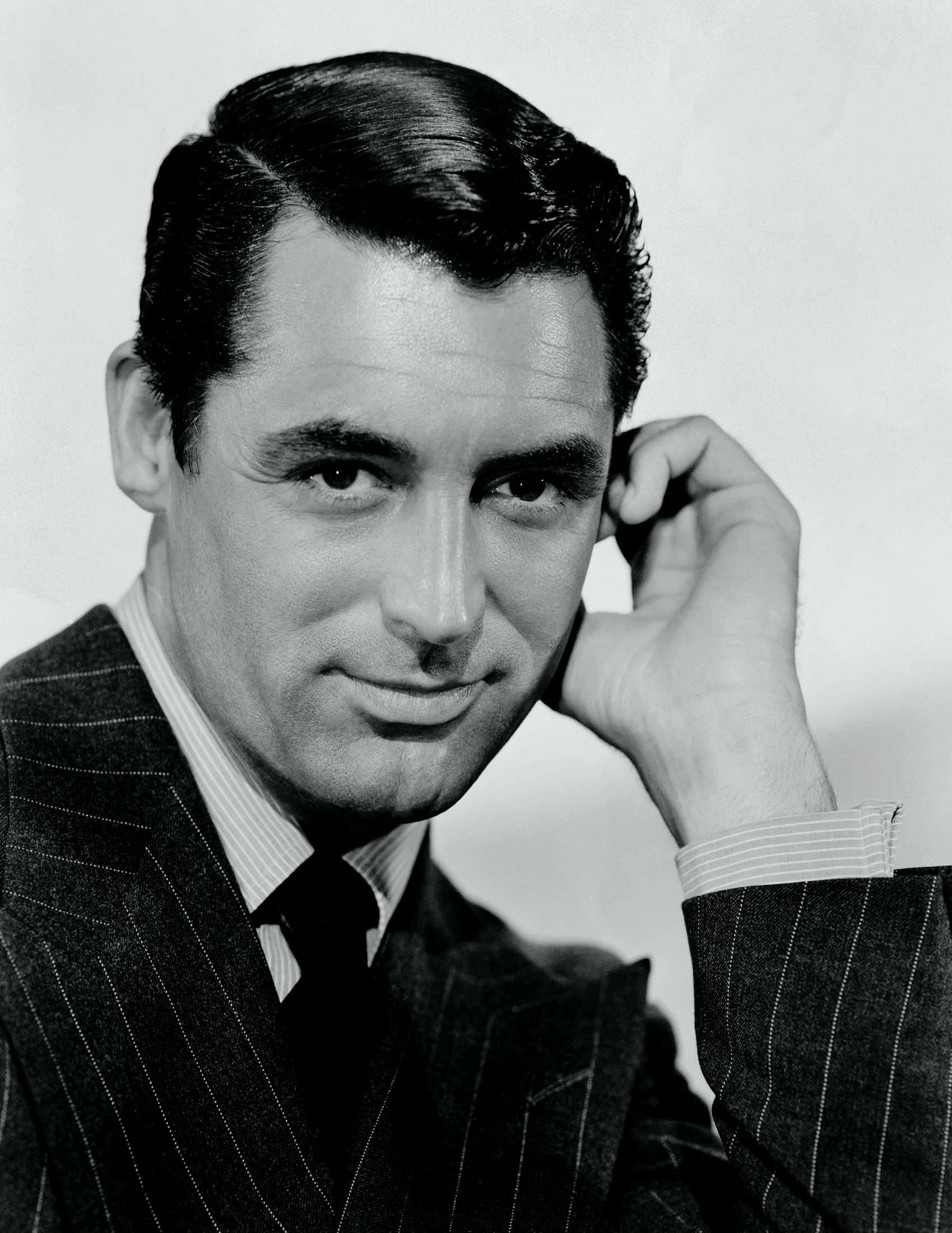
Men in the 1940s were far more dapper and put-together than they are today. Having neat, combed, slicked back hair, no facial hair, and a high emphasis on extremely mature, masculine features like chiseled jaws and strong brows were important, and wearing a well-fitted suit was expected. The men of the ‘40s were undoubtedly elegant.
The biggest male stars of the 1940s: Cary Grant, Jimmy Stewart, Laurence Olivier, Gregory Peck, Gary Cooper
The 1950s
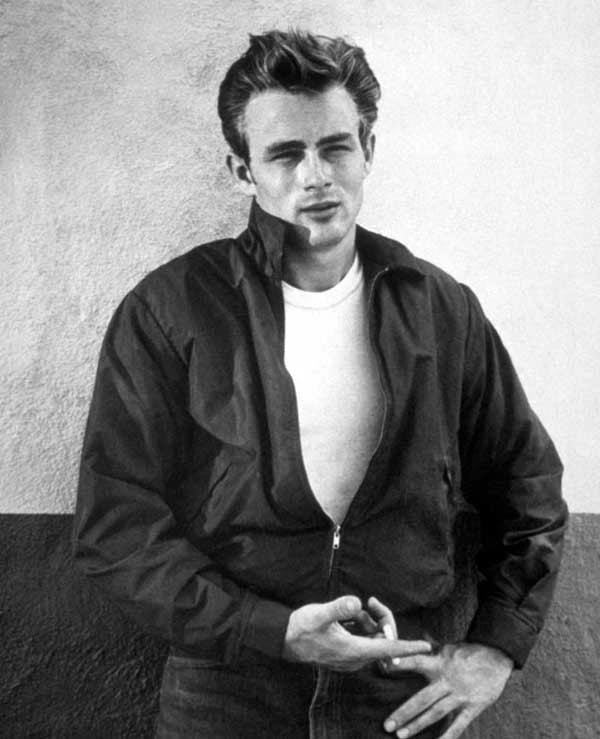
The 1950s loosened the leash on what was considered masculine. The most famous men of the time were less than polished or poised, instead embracing the rougher, more unruly, boyish side of masculinity. Tousled hair, jeans, white tees, and leather jackets were the new style of the time, but a clean-shaven face to show off his sharp jaw was still preferred.
The biggest male stars of the 1950s: James Dean, Rock Hudson, Elvis Presley, Marlon Brando
The 1960s
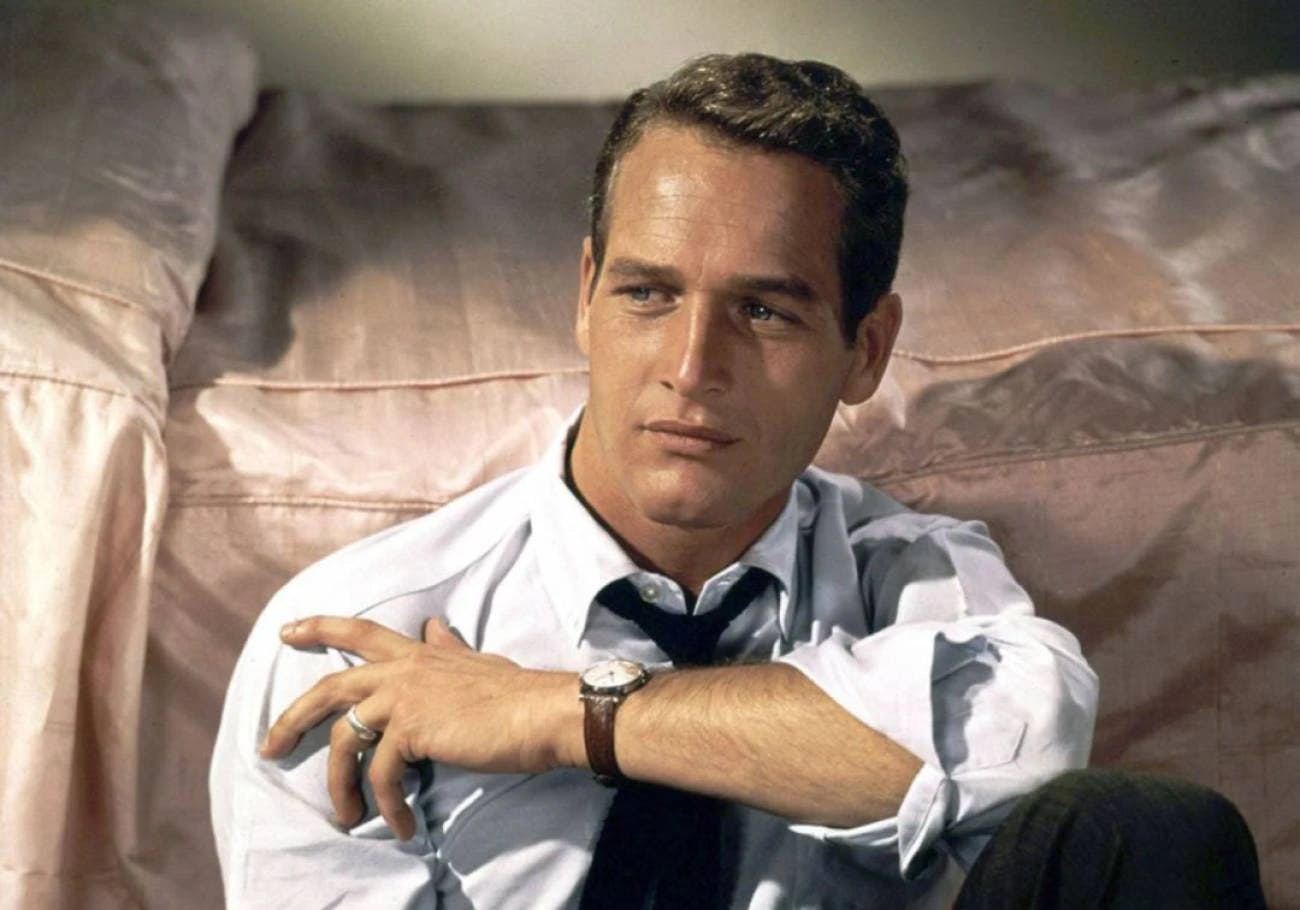
The 1960s saw a bit more classic masculinity brought back to the spotlight. The hottest film stars of the day had broad shoulders, mature features, and the gravitas of a man, often showing off their muscular frame on-screen. But rather than the clean-cut, professional feel of a 1940s man, the men of the ‘60s relied more on gruffness to express their masculinity.
The biggest male stars of the 1960s: Paul Newman, Robert Redford, Steve McQueen, Sean Connery
The 1970s
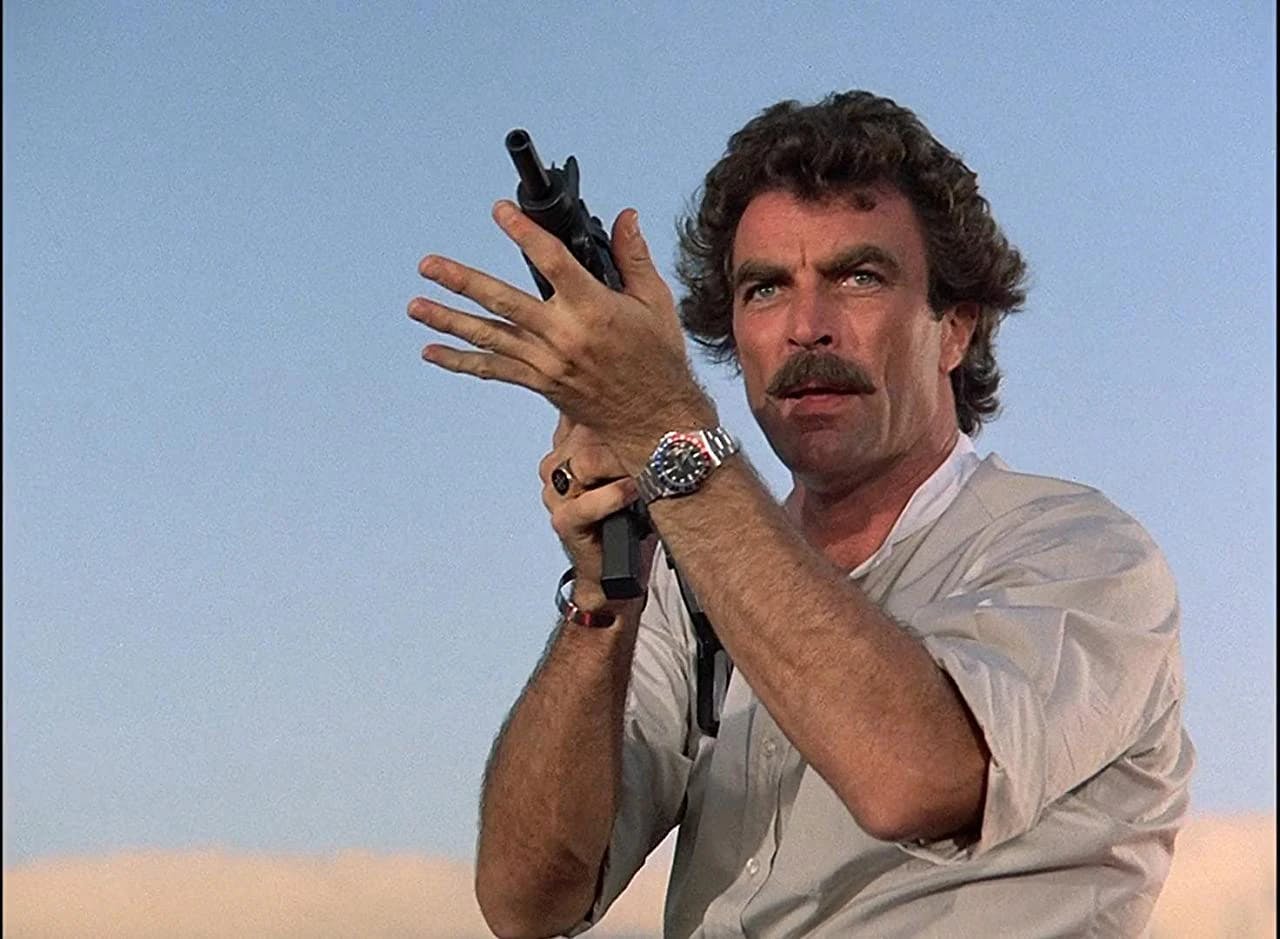
The 1970s saw a huge shift in fashion. The most popular styles for men featured more fitted clothing, lighter and brighter clothing colors and patterns, long, feathered hair (not unlike skater boy hair), and grown-out facial hair, as well as lots of chest hair. By the ‘70s, polished men in suits were even less common, with a more casual, laid-back look taking over.
The biggest male stars of the 1970s: Tom Selleck, Burt Reynolds, John Travolta, Harrison Ford, Billy Dee Williams
The 1980s
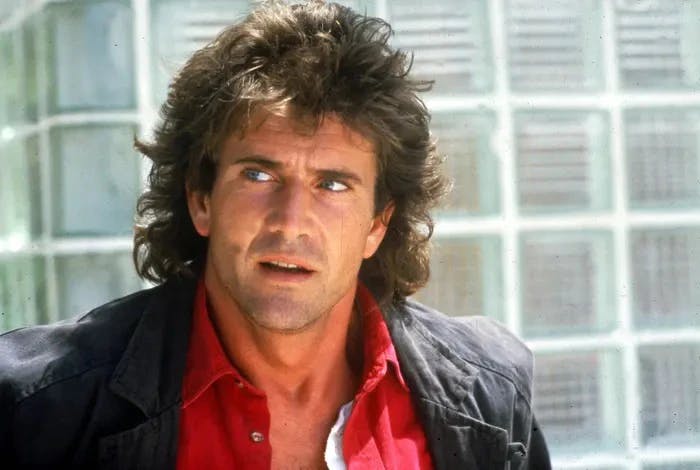
The 1980s saw a huge spike in dieting and fitness (jazzercise, anyone?), and naturally, men with bigger muscles were celebrated. Along with that, huge, voluminous hair, mullets, tanned skin, and oversized jackets were all the rage. And for the first time, every cool guy had pierced ears.
The biggest male stars of the 1980s: Mel Gibson, Patrick Swayze, Rob Lowe, Judd Nelson
The 1990s
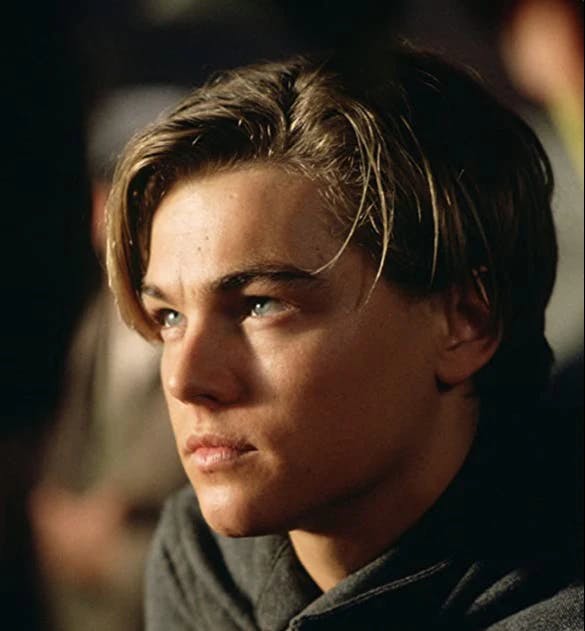
The 1990s saw a return to the boyish charm craze of the 1950s, but with its own twist. Many men wore their hair grown-out but not over-styled, instead rocking the floppy hair look (which ‘90s Leo did so well) or a faded crop for guys who preferred shorter styles. Instead of muscular men, skinny, youthful bad boys were the new obsession.
The biggest male stars of the 1990s: Leonardo DiCaprio, Johnny Depp, Will Smith, Brad Pitt, Denzel Washington
The 2000s
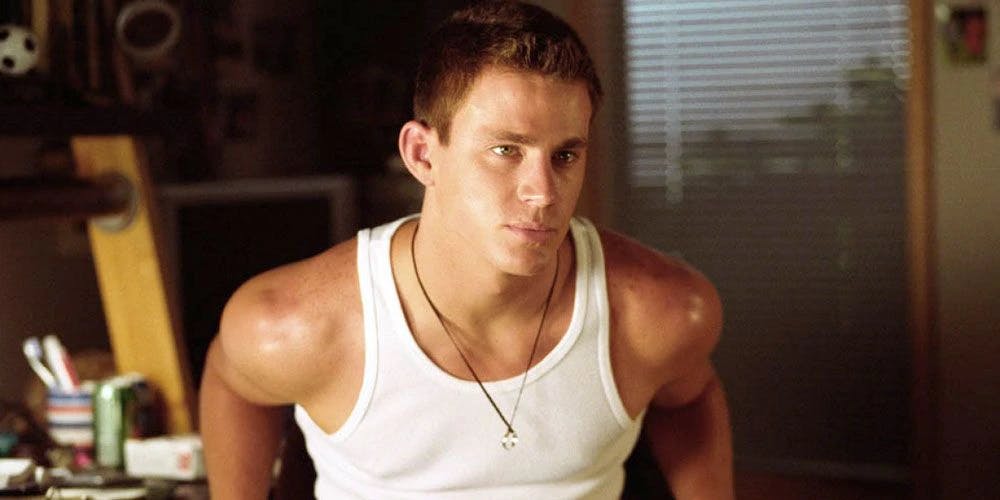
The 2000s were the reigning years of the pretty boys — a perfect mix between the bad boys of the ‘90s and the muscular men of the ‘80s, topped off with a new kind of swag. The hottest beauty ideals for men in the 2000s included washboard abs, tanned skin, spiky or skater boy hair, and baggy jeans.
The biggest male stars of the 2000s: Channing Tatum, Zac Efron, Ryan Gosling, Justin Timberlake, Taylor Lautner
The 2010s
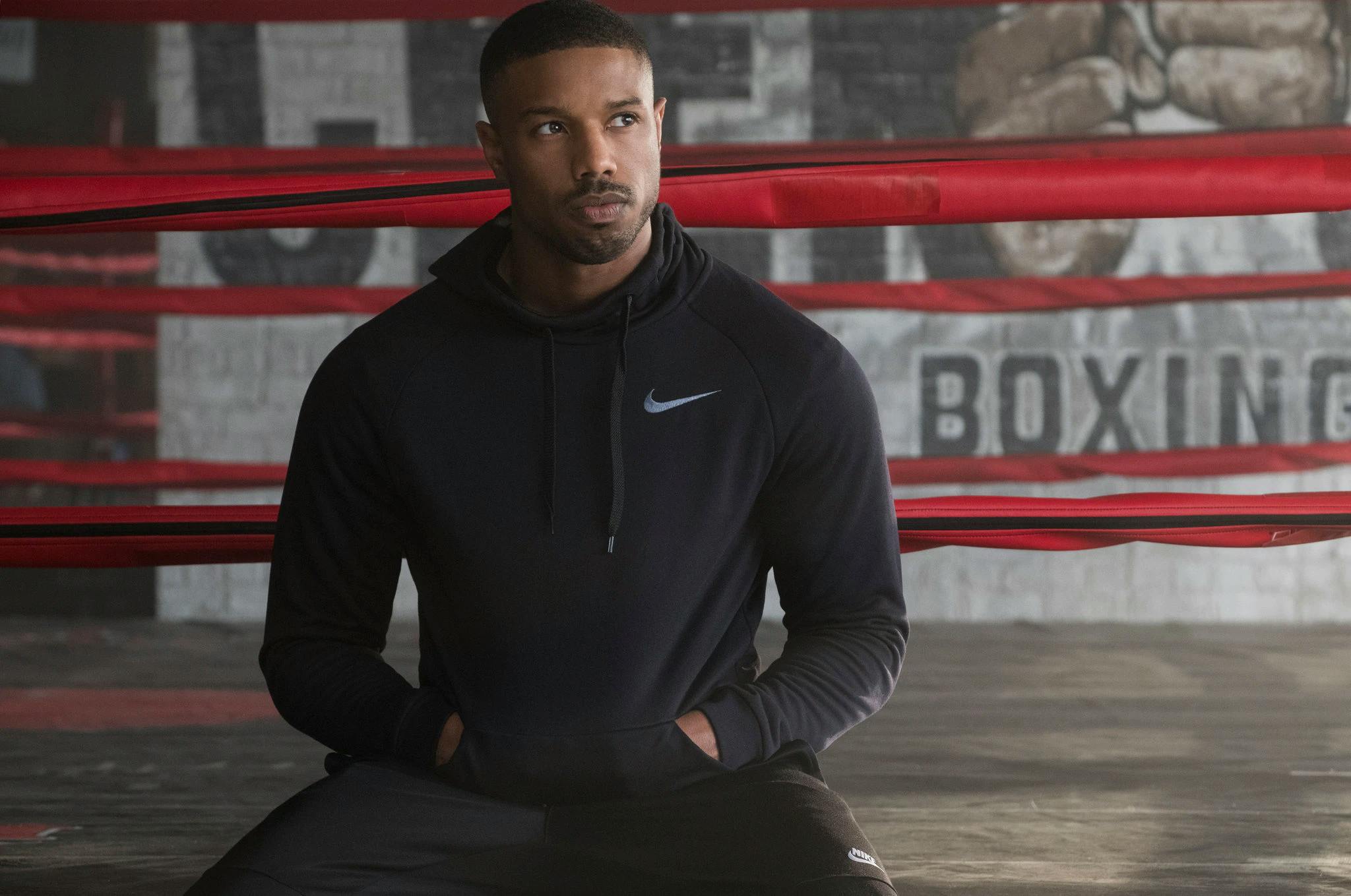
In the 2010s, masculinity became a bit more lenient. While lumberjack men with full beards, perfectly tousled hair, broad shoulders, and chiseled jaws were in, so were waifish, hipster, boyish guys who looked like teenagers well into their twenties.
The biggest male stars of the 2010s: Chris Evans, Chris Hemsworth, Michael B Jordan, Harry Styles, Timothée Chalamet
Closing Thoughts
Beauty ideals for men and women are constantly shifting, but there are also recurring trends to be found every 20 years. While we may not embody the current beauty standard craze, there’s no doubt that our culture’s beauty standards will once again change and morph.